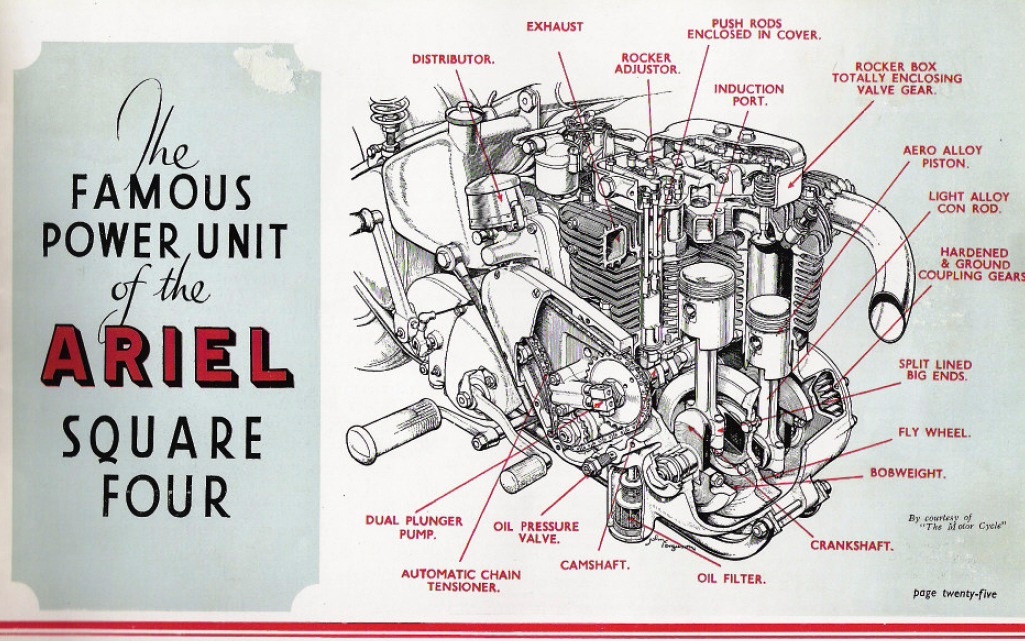The recent post regarding the Mini engine where a vacuum pump failure seizes the cam leading to total engine destruction got me to thinking about dumb and crazy engine design.
My wife (then girlfriend) had a Ford Escort. It was a good, reliable little car, except that occasion when the timing belt failed on the turnpike leaving her stranded. My brother had it towed to his shop. He explained that the timing belt ran a tortuous path and usually failed at 50k to 60k miles. Gee, thanks for giving me the heads up on that one, bro. At least it had a non-interference engine, so all that had to be done was replace the timing belt.
I had a buddy at work who had a Renault Alliance (as I remember). It had a similar problem, the timing belt ran a tortuous path and tended to fail early. The problem was that it was an interference engine. When the timing belt failed it trashed the engine. Of course if you had an Alliance with a trashed engine and tried to find a used engine from a junk yard there were none to be found. All the junkyard engines had similarly trashed engines. I remember seeing an Alliance in the junkyard, fine body, nice interior, ah I thought, another victim of the timing belt.
My brother and I were at the auto show a couple of years ago and spotted a cut-away engine on display (I believe it was a Ford). We were both surprised to see the water pump located behind and driven by the cam chain. A leak from the coolant pump would drain directly into the crankcase and replacing the water pump involved removal and replacement of the timing chain. It didn't seem like a good place to put a water pump.
Going back aways, the Chevy Corvair (with an air cooled engine) had pushrod tubes that were sealed to the block and head with o-rings. Of course, after time the o-ring seal would fail and leak oil. That would be a nuisance except for the fact that the cooling air from the engine also heated the passenger compartment in the winter time. So then you had oil fumes inside the car.
I don't want to start a trash-talk thread, just observations of less than optimal design. Your observations? Inquiring minds want to know.
My wife (then girlfriend) had a Ford Escort. It was a good, reliable little car, except that occasion when the timing belt failed on the turnpike leaving her stranded. My brother had it towed to his shop. He explained that the timing belt ran a tortuous path and usually failed at 50k to 60k miles. Gee, thanks for giving me the heads up on that one, bro. At least it had a non-interference engine, so all that had to be done was replace the timing belt.
I had a buddy at work who had a Renault Alliance (as I remember). It had a similar problem, the timing belt ran a tortuous path and tended to fail early. The problem was that it was an interference engine. When the timing belt failed it trashed the engine. Of course if you had an Alliance with a trashed engine and tried to find a used engine from a junk yard there were none to be found. All the junkyard engines had similarly trashed engines. I remember seeing an Alliance in the junkyard, fine body, nice interior, ah I thought, another victim of the timing belt.
My brother and I were at the auto show a couple of years ago and spotted a cut-away engine on display (I believe it was a Ford). We were both surprised to see the water pump located behind and driven by the cam chain. A leak from the coolant pump would drain directly into the crankcase and replacing the water pump involved removal and replacement of the timing chain. It didn't seem like a good place to put a water pump.
Going back aways, the Chevy Corvair (with an air cooled engine) had pushrod tubes that were sealed to the block and head with o-rings. Of course, after time the o-ring seal would fail and leak oil. That would be a nuisance except for the fact that the cooling air from the engine also heated the passenger compartment in the winter time. So then you had oil fumes inside the car.
I don't want to start a trash-talk thread, just observations of less than optimal design. Your observations? Inquiring minds want to know.
Last edited:


